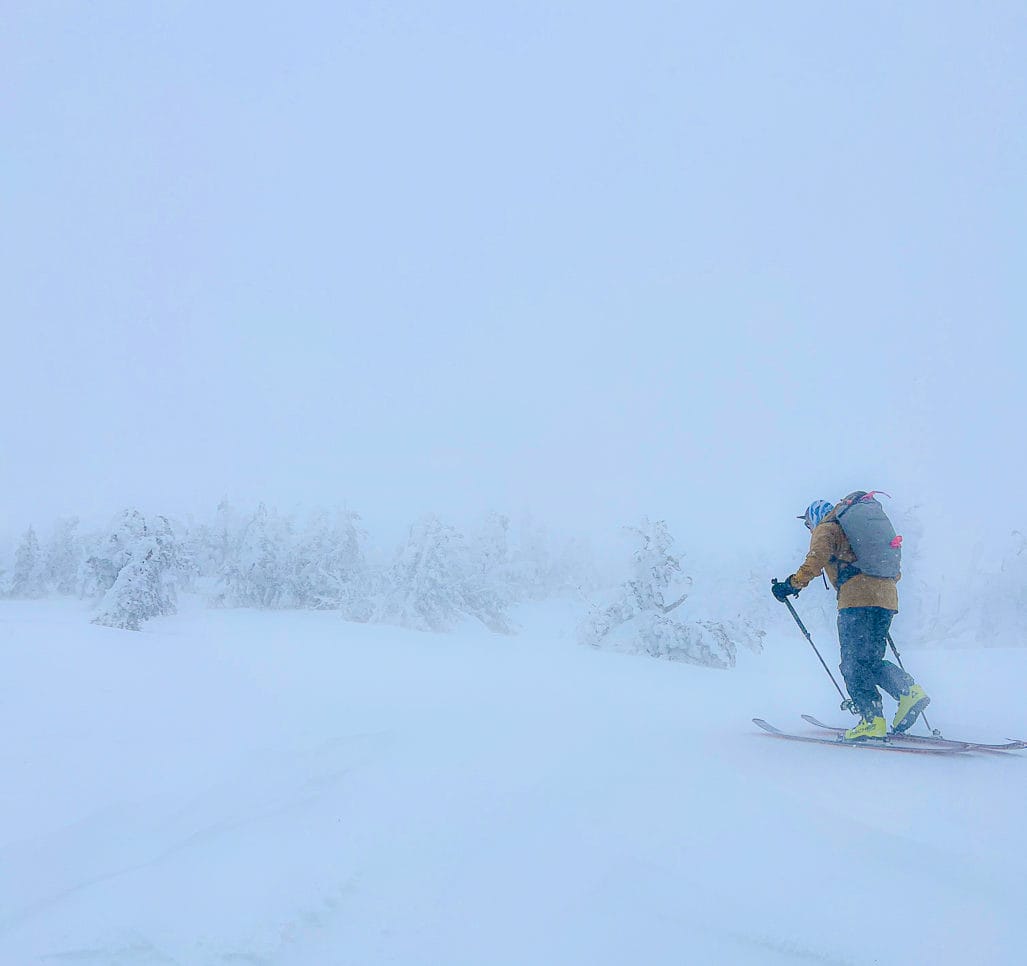Time well spent for any backcountry traveller on the Uphill Athlete Podcast: Tragedy on the Haute Route: A Conversation with Steve House.
A Must Listen Podcast from Uphill Athlete—Tragedy on the Haute Route: A Conversation with Steve House

Not looking forward to the transition. Photo: James Williams





Leave a Reply
You must be logged in to post a comment.